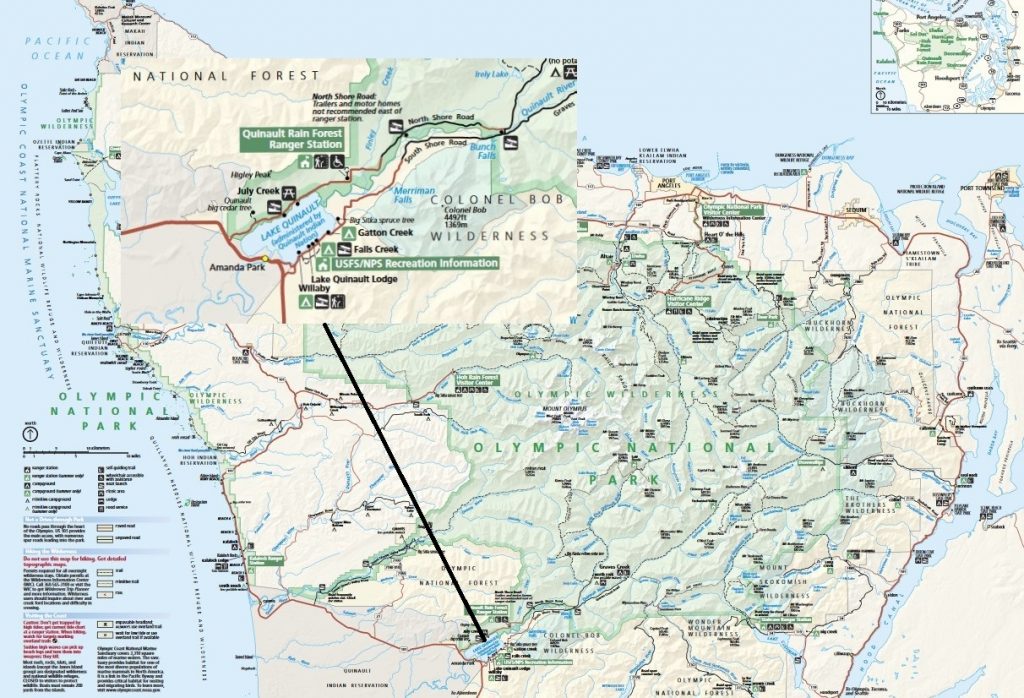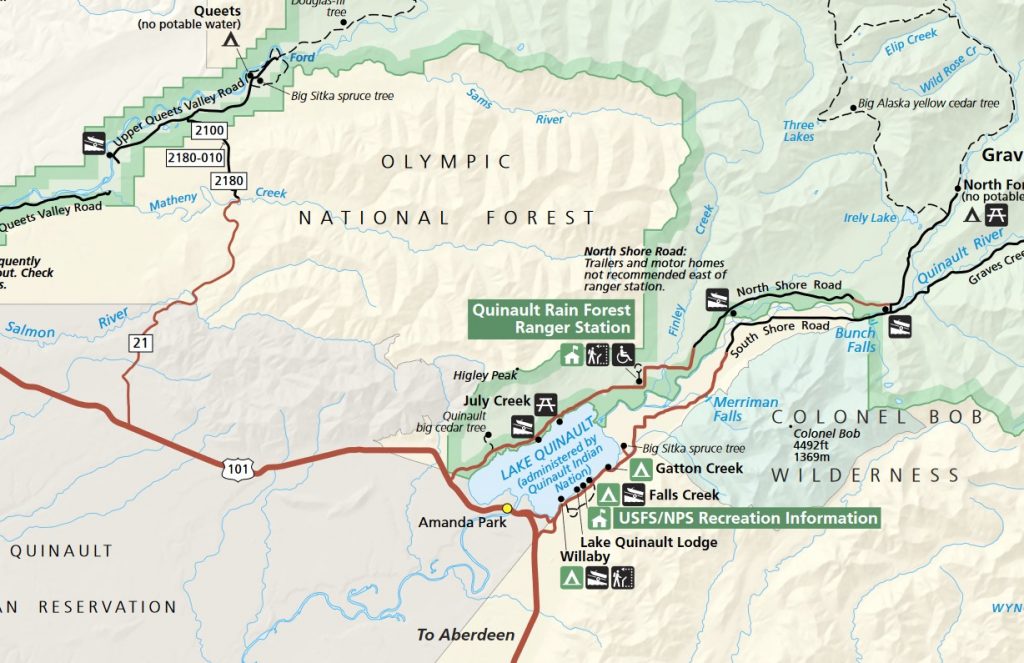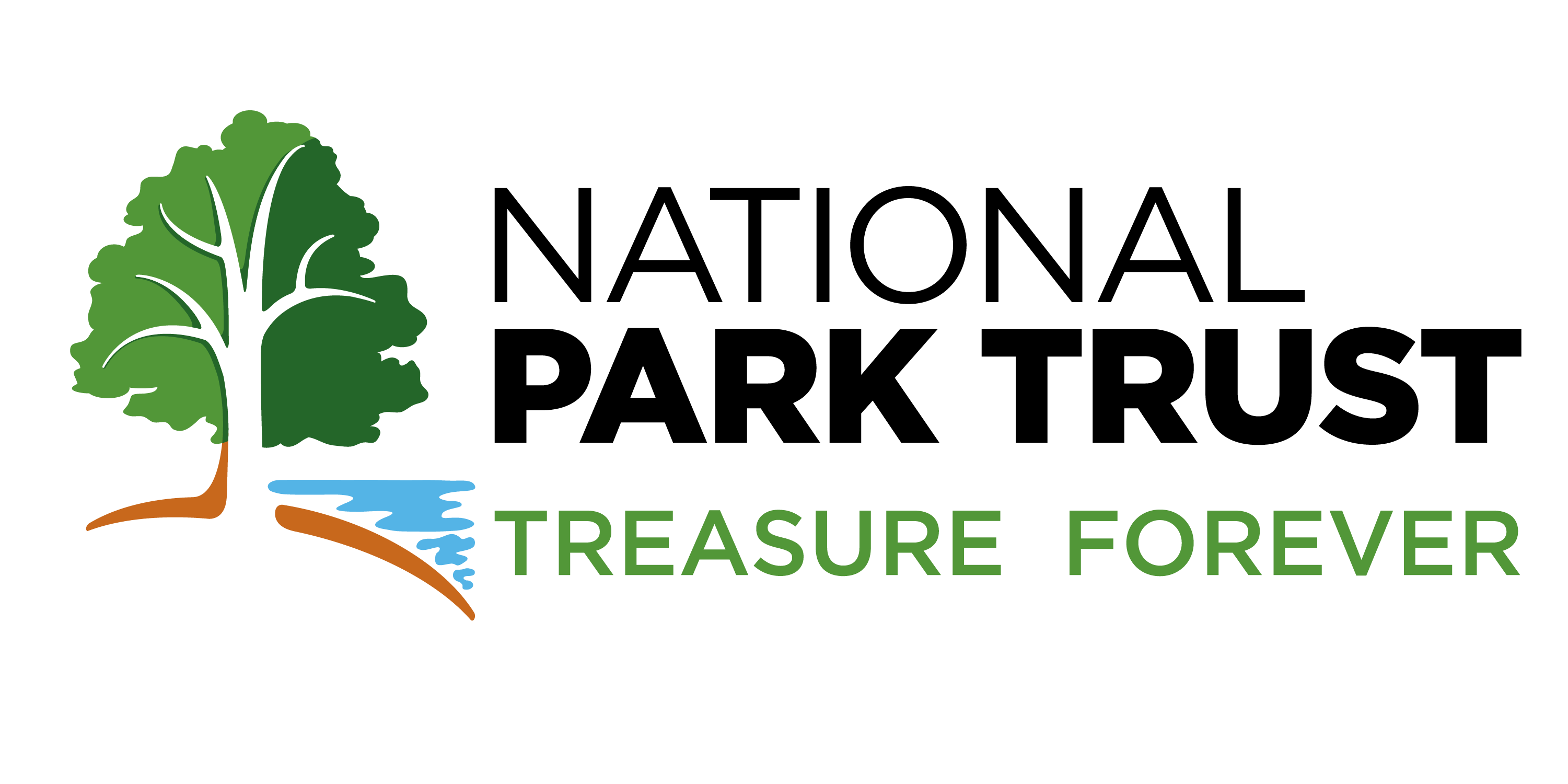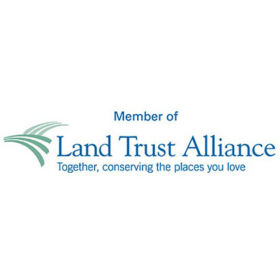Protected Park
Olympic National Park, WA (2017)
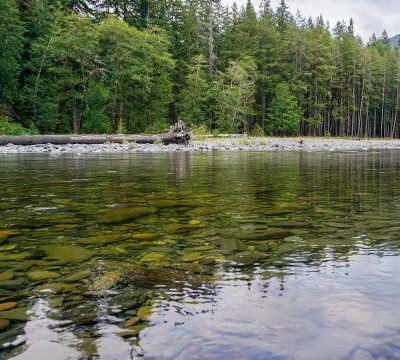
In December 2017, the Park Trust completed the acquisition of 0.39 acres of land on Lake Quinault in Olympic National Park (WA). Although small in size, it is big in ecological significance. The private parcel, which was surrounded on three sides by national park land, is now part of Olympic National Park. The acquisition keeps it in its natural state by eliminating its potential for development. It helps protect Grandey Creek, which runs along the property edge, as well as water quality for the Quinault River and Lake Quinault, adjacent to the park. The lake and river system support populations of sockeye, chum, and Chinook salmon as well as steelhead, bull, and Dolly Varden trout. The Quinault National Fish Hatchery, downstream from the lake, raises salmon and steelhead which populate the river.
Though there are private land holdings along the shore, the lake itself is owned and managed by the Quinault Indian Nation. It is bounded on the west by the Quinault Indian Reservation, the south, and east by the Olympic National Forest, and the north by Olympic National Park. Sockeye salmon are of particular cultural and economic benefit to the Quinault Indian Nation.
Olympic National Park, established in 1918, occupies over 922,000 acres on Washington State’s Olympic Peninsula, 876,447 of which is federally designated wilderness. Streams and rivers radiate out from the mountains, feeding through subalpine forests and temperate rain forests on their way to the Pacific Ocean. The Quinault River widens into Lake Quinault, a glacial lake formed about 15,000 years ago, then re-forms as a river before it flows onto the ocean. The lake lies within the rainforest, dominated by some of the tallest trees of their species. Douglas fir and western hemlock may grow to over 200 feet. The largest Sitka spruce on Quinault Lake measures 191 feet high and the largest western red cedar in the area is 159 feet tall.
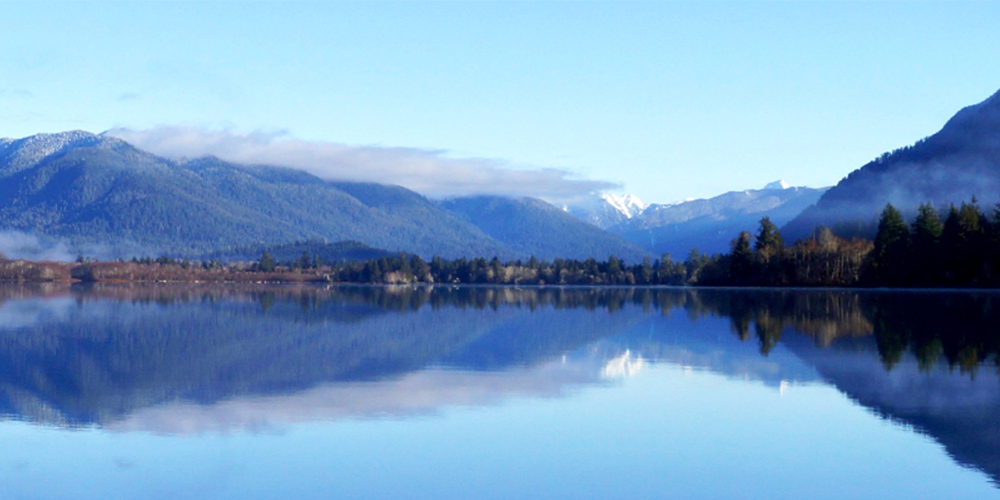
Project Details:
Project Year: 2017
Parcel Size: 0.39 acres
Project Value: $45,000
Long Term Significance of the Acquisition:
- Acquisition of this land eliminated the in-holding, prevented further development along that portion of the stream, continued to support sockeye populations, and helped protect water quality for the Quinault River system.
- Preservation also protects the bank from possible erosion and reduces the possibility of sedimentary, chemical, or biological runoff into the stream and lake.
- This parcel is the only adjacent piece of land not belonging to the National Park Service, so acquisition guarantees that it remains in a natural state, and be available to visitors of Olympic National Park.
Value to the Park and Public:
- Fish Habitat and Spawning Ground
- Sockeye and Chinook
- Salmon
- Steelhead Trout
- Bull and Dolly Varden Trout (threatened species)
- Largemouth and smallmouth bass
- Crappie
- Walleye
- Freshwater stream
Importance of water quality:
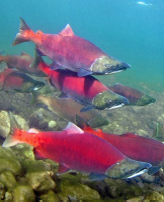
Water quality is important to the health of lake and river ecosystems, and it influences population levels of aquatic life. Salmon and steelhead populations in the area, for example, were historically reduced by sediments flowing into the river and lake as a result of logging operations in the area.
Grandey Creek feeds into Lake Quinault, a short distance away. Outflow from the stream directly benefits young sockeye salmon.
